16 years ago today, the Airbus A380 flew for the first time. The imposing double-decker was a promising prospect, but now faces a troubled future.
On this day, 27th of April 2005, F-WWOW, the first prototype of the Airbus 380, lifted off in Toulouse, France. It was a monumental event, for a project whose development had officially begun fifteen years earlier! There were six crew on board. Airbus chief test-pilot Jacques Rosay, heading the team, declared afterwards that flying the A380 was “like handling a bicycle”!
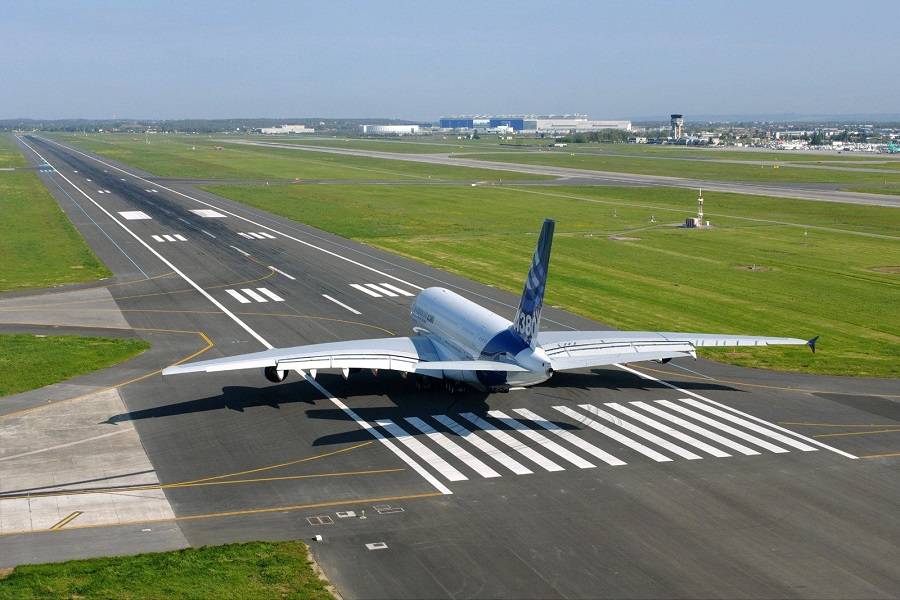
Officially, the company started evaluating the project in 1990. Airbus had always wanted an aircraft to rival the Boeing 747. They felt that they could improve on the efficiency of the latter by around 15%, in cost-per-seat terms. Initial evaluations had actually began in 1988, while Airbus was looking past the A320 project. What would eventually become the A380, was then the Airbus A3XX. The company announced it in the 1990 Farnborough Airshow.
The Airbus A380 And Hub & Spoke (again)
The first seeds of doubt for the project started emerging around 1994-95. This was when Boeing first voiced its concerns about the viability of such an aircraft. In 1995 they abandoned plans to try and rival Airbus’ A380 (still officially the A3XX). Their chief argument was that recouping the projected $15 billion development cost, would be impossible. This is a projection that aged well…

We have looked at the ‘Hub & Spoke Vs Point-to-Point’ debate before. We’ve also looked at ETOPS, the process that allowed twin-engined aircraft to make large ocean crossings. For the A380 to succeed, Airbus needed Hub & Spoke to reign supreme, and for ETOPS to gain little ground. To be blunt, they got it badly wrong on both counts.
By the time Boeing cancelled their own ‘full-length double-decker’ studies, their first 777 was flying. And that, in the end, was where the European manufacturer went wrong. Airbus did indeed succeed in making the A380 an efficient 747-400 replacement. Depending on layout, cost-per-seat is nearly 20% lower, eclipsing their own 15% goal! But it didn’t really matter. For much of the airline market, the replacement for the 747 was not the Airbus A380, but the Boeing 777.
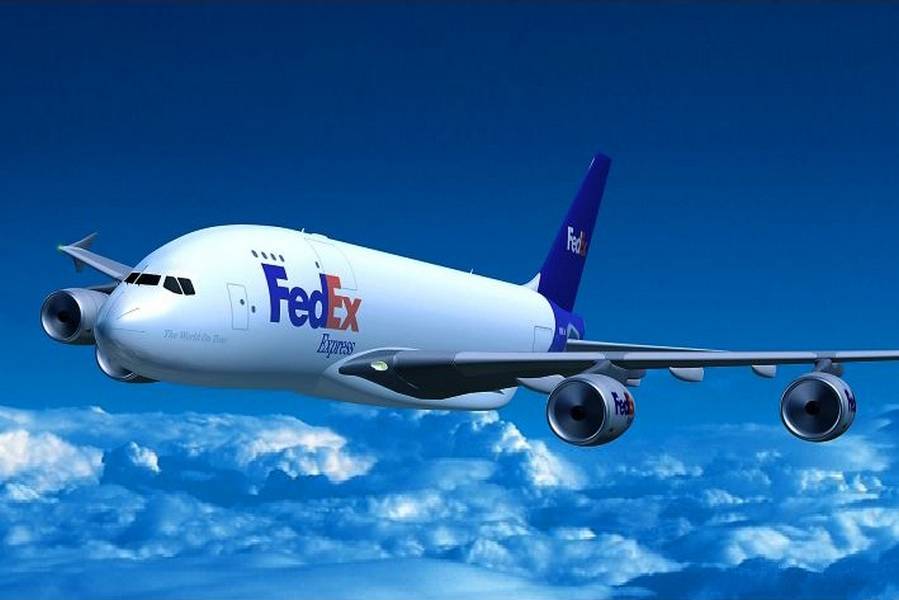
Boeing would eventually launch the 747-8, making good use of engine developments over the years. They also knew that the 747 would do reasonably well as a freighter – another Achilles heel of the Airbus A380. Airbus had plans as well as orders for a freighter variant of the plane. Those eventually fell through.
The Jet’s Present, And Future
Other plans to outfit passenger versions with on-board shops, restaurants and/or casinos also never came to pass. Critics said that a lot of these ideas were how Airbus rationalized the A380’s prospects, if the ‘Hub & Spoke’ model fell through. There have been bars and even executive suites in some A380s, but they were the exception rather than the rule.
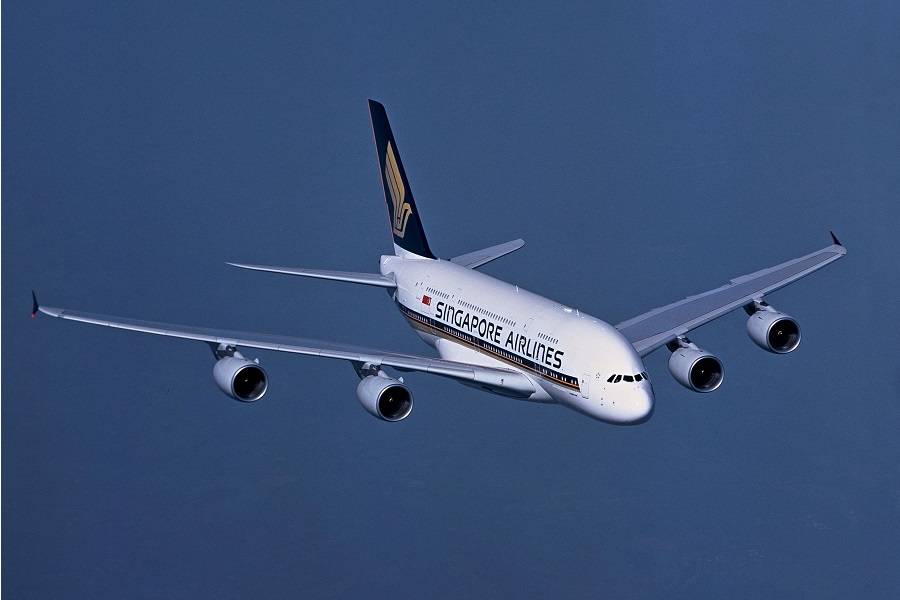
Emirates is the biggest user of the Airbus A380, with 118 deliveries so far, out of 123 orders. But the jet’s launch customer was actually Singapore Airlines, who picked up the 3rd one ever made. It entered service on the 25th of October 2007. Singapore are the second biggest customer of the aircraft, with 24 orders. As we have seen, the Gulf states still rely on the ‘Hub & Spoke’ model – out of necessity. But even there, only Emirates sees a future with the jet.
To be fair, the Airbus A380 still works with customers beyond the Gulf States. Qantas has announced that they will be returning [some of?] their 12 A380s to service, after the pandemic. British Airways has said the same. Production of the aircraft will stop this year, but many of them will still be flying for some time to come.

Airbus A380 Details
The aircraft has a full-length double-decker layout. The lower level has a 3-4-3 seating arrangement. There are 3-5-3 designs/mock-ups, but as far as we’re aware, none have flown. The upper level is 2-4-2, like the A330. The maximum exit capacity of the jet is 853 passengers, in an all-economy layout. That, too, has remained theoretical, with Airbus A380 users typically fitting 480-500 seats. The extremes are 407 seats for Korean Air, to 615 for a few Emirates aircraft.
Despite being a completely new design, Airbus ensured that its new A380 maintains a lot of systems’ commonality with its smaller jets. This allowed airlines that were existing Airbus customers, to retrain their transitioning pilots faster. This is despite the fact that the aircraft doesn’t share a type rating with other Airbuses.
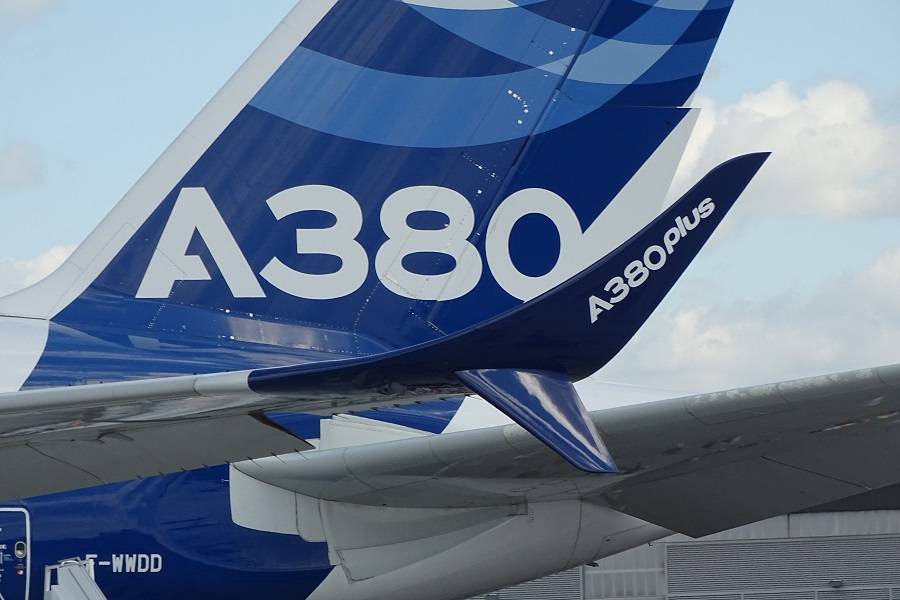
More controversially, the A380’s development marked the start of the 15-year tariff war between the EU and the US. Again, Boeing had projected $15 billion, to develop a double-decker 747 replacement. Airbus estimated that the A380 project would cost $10.7 billion, when they made the final decision to start production, in 2000. By the time the prototype flew, another $2-5 billion had crept in.
End of Production (and an era)
Current estimates for the total development cost of the Airbus A380 are at $25 billion. And that’s not the worst of it. Far from recouping that cost, Airbus actually lose money with every aircraft they sell. So with little prospect for new sizeable orders (that could bring economies of scale) and no interest for minor updates like winglets from airlines, Airbus announced the end of production in 2019. Major assembly of the last jet, for Emirates, ended in 2020. In total, 251 A380s will go to customers.
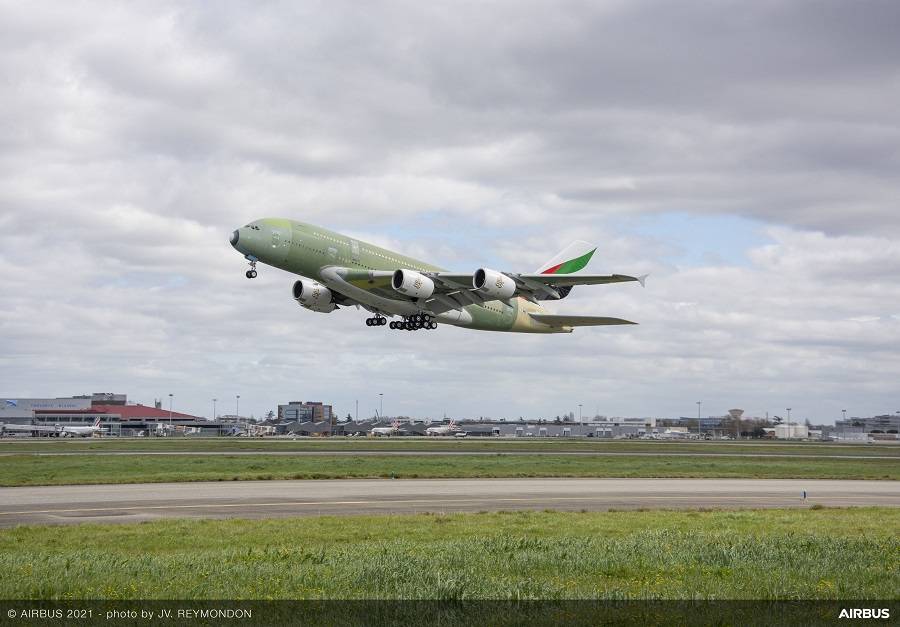
History will probably call the Airbus A380 a failure. But it very nearly wasn’t. It also drove development for composites, better engines and other features that now form part of other aircraft. Airbus now has the A350, arguably a great ‘anti-B777’ jet, at the upper end (A350-1000).
And Boeing? They are busy preparing for the 777X. Which some worry is too close to the A380 for comfort. But it’s unlikely that Boeing will be producing it at a loss, so that’s not entirely a fair comparison. However, no US airlines have ordered it, so far – like the Airbus A380..!
Finally, a reminder: to steal attention from Airbus, when they announced the A380, Boeing announced THIS, as a would-be 787. If only…



